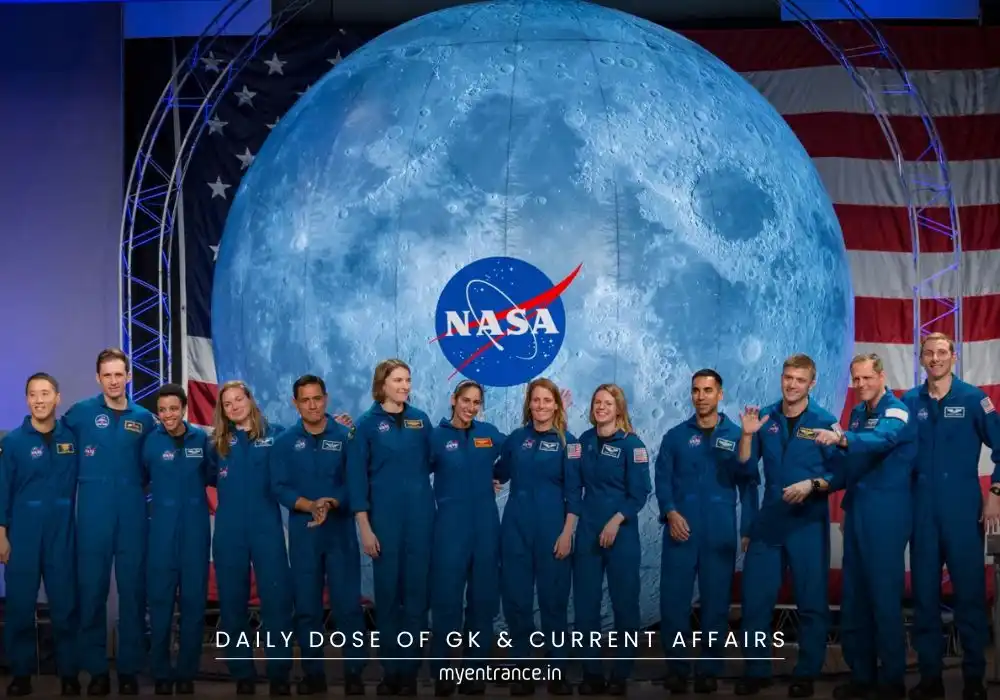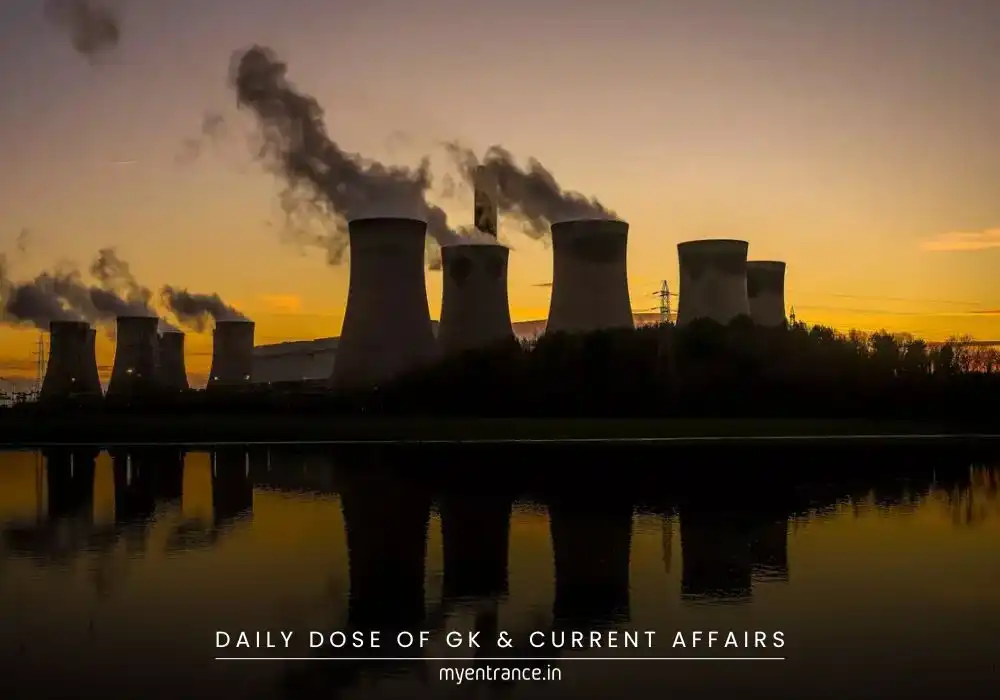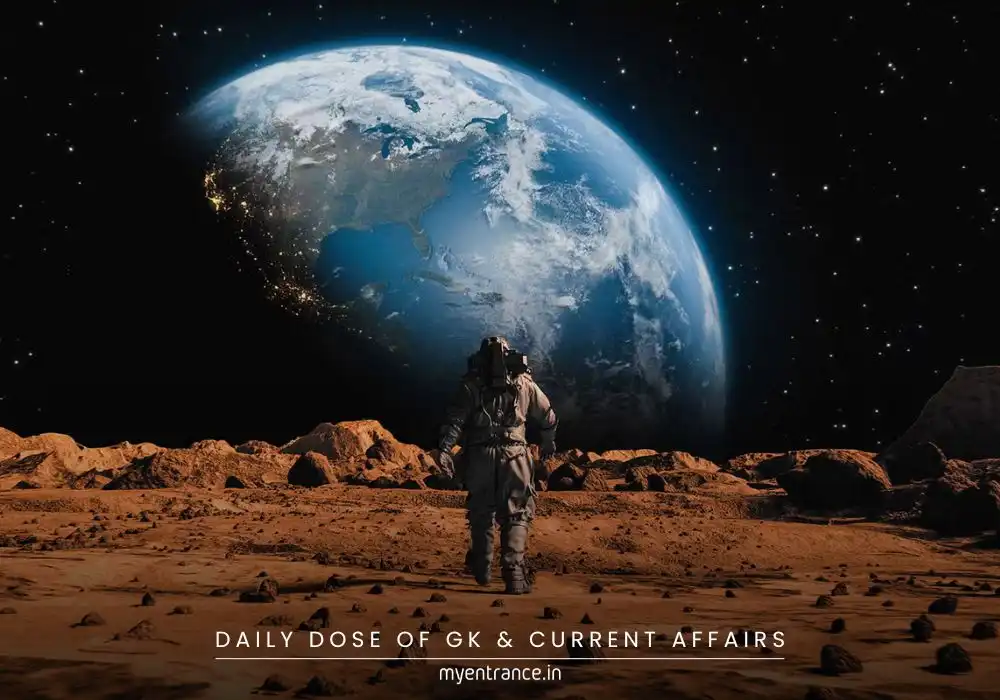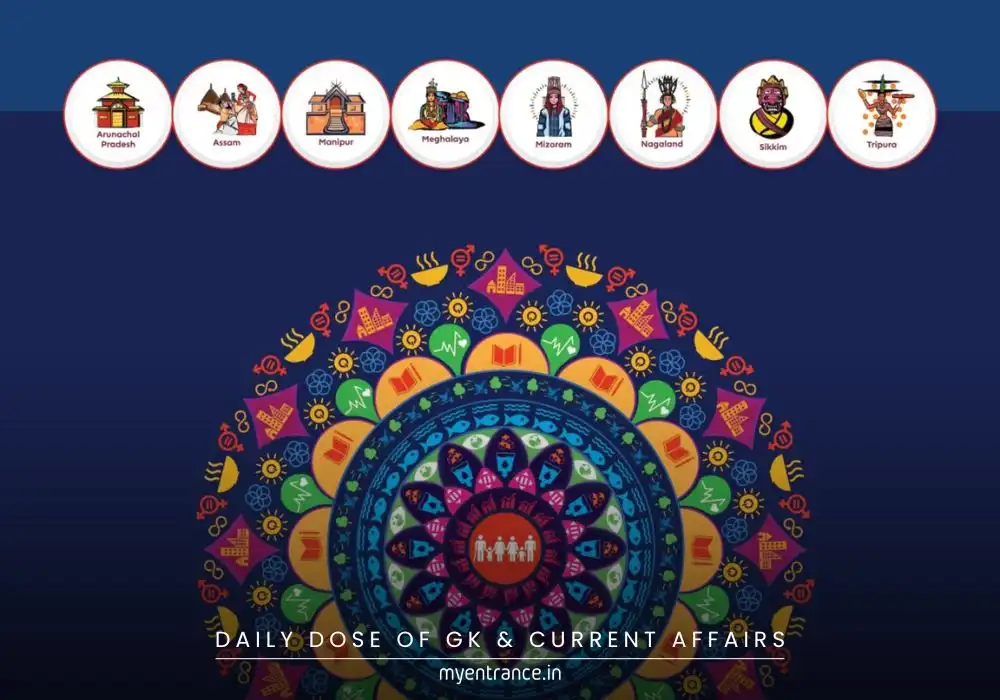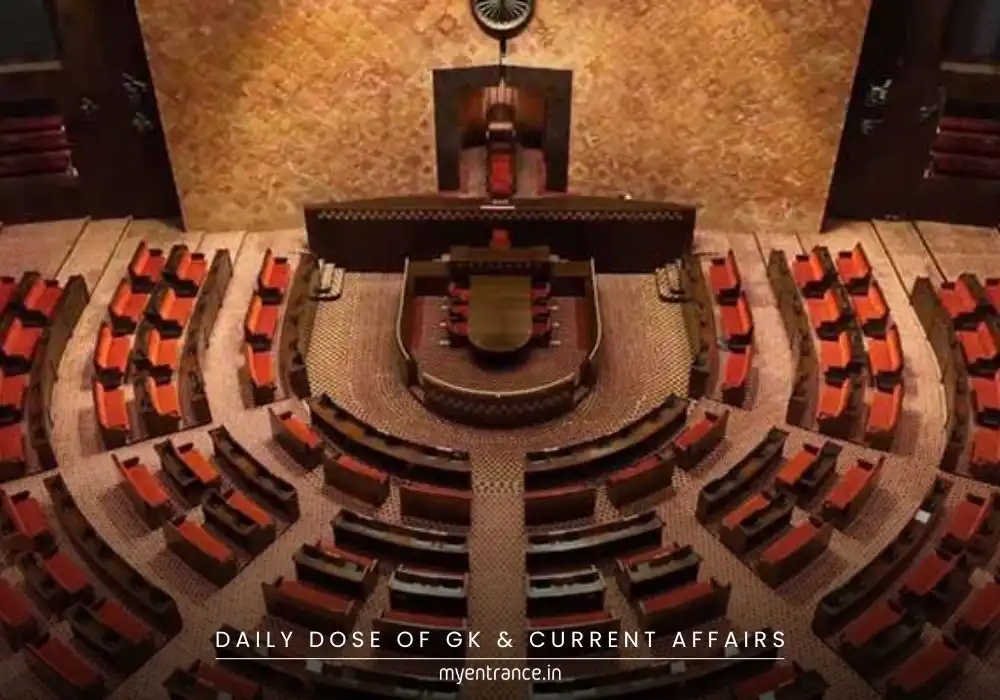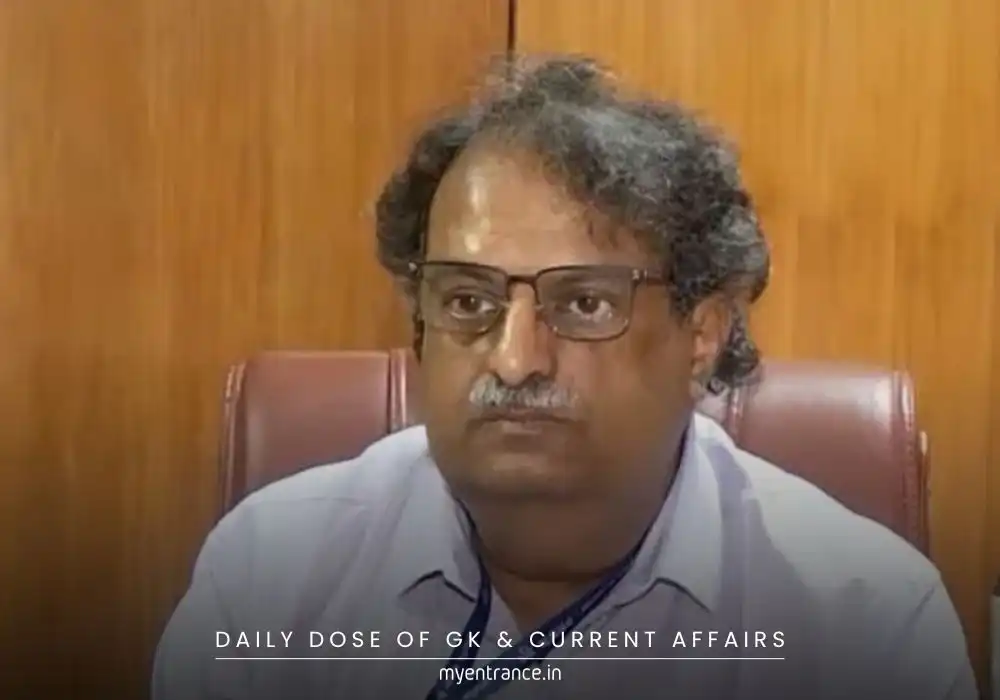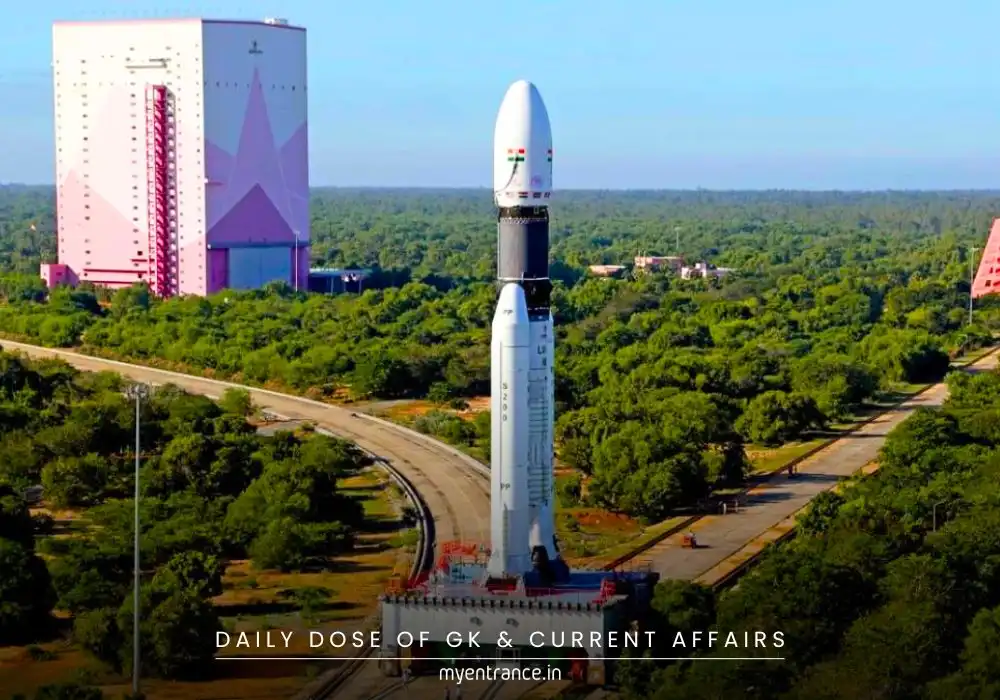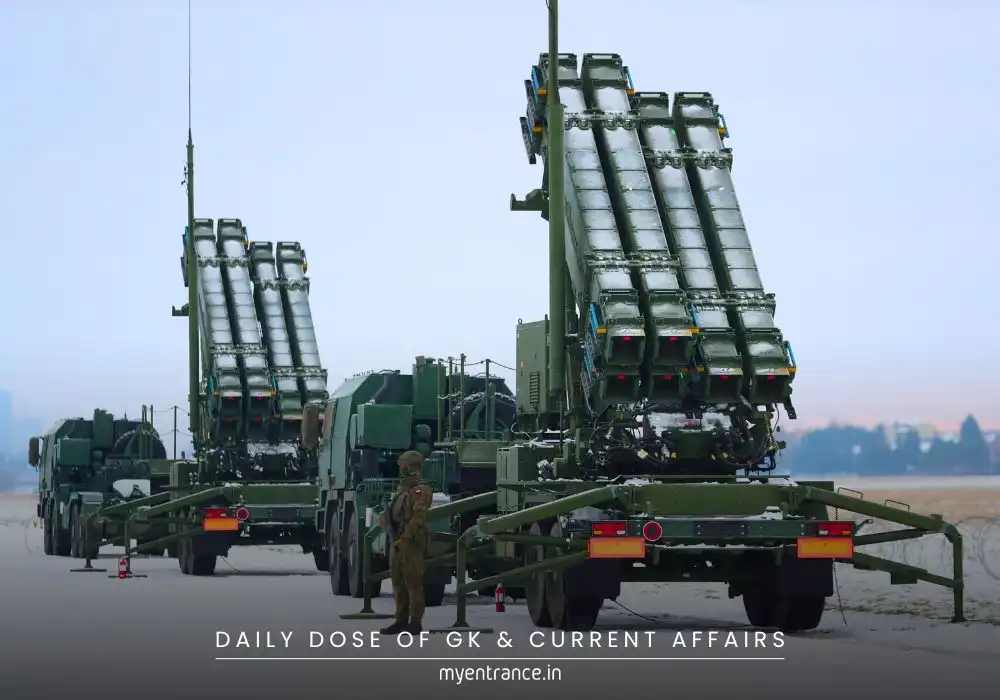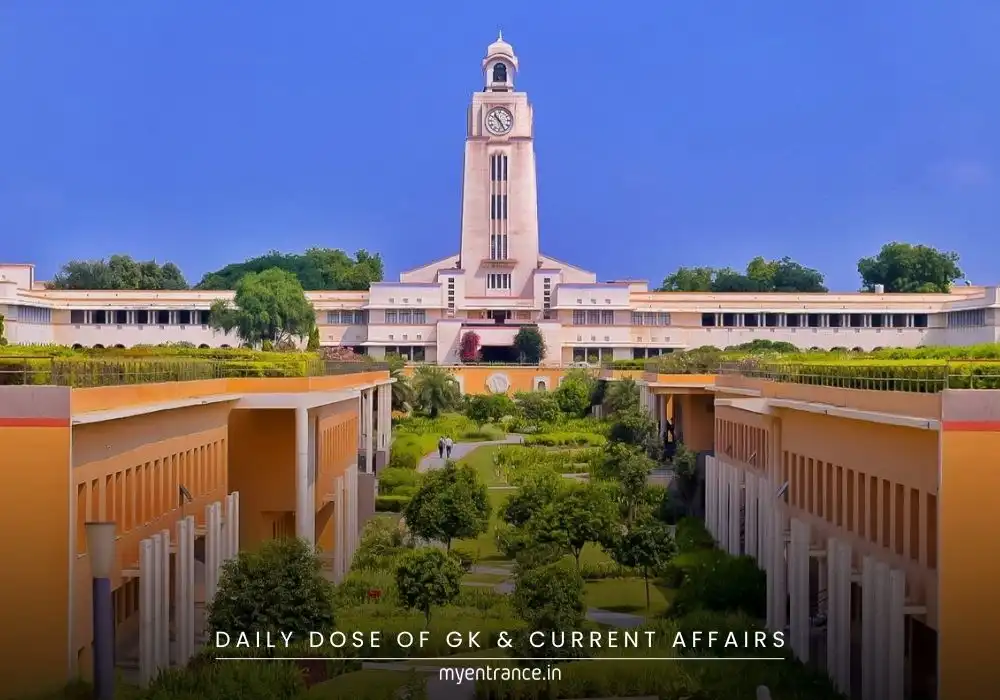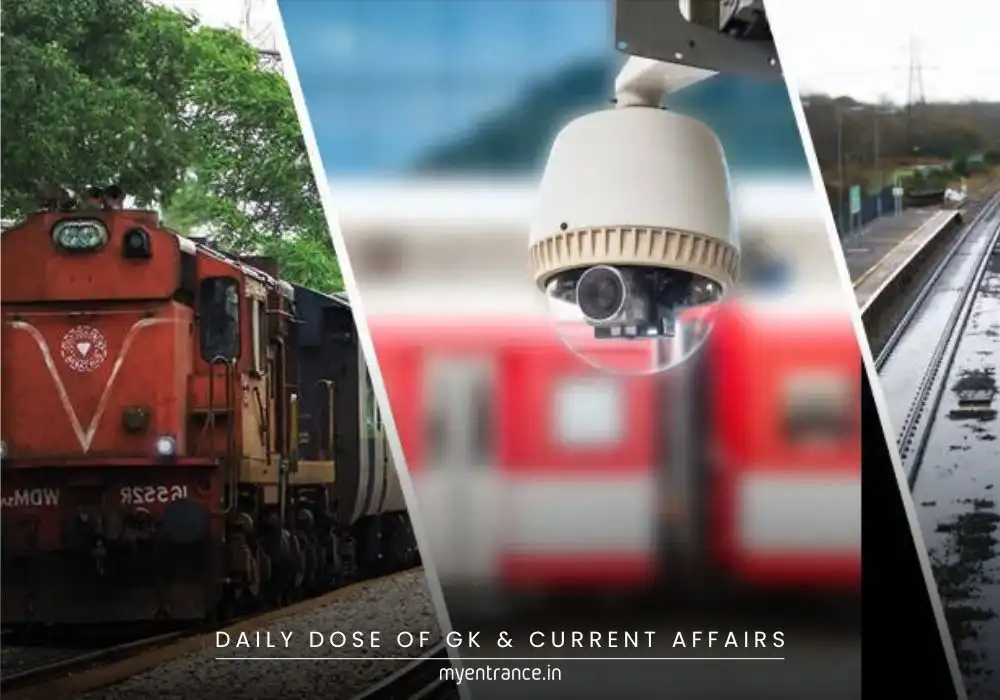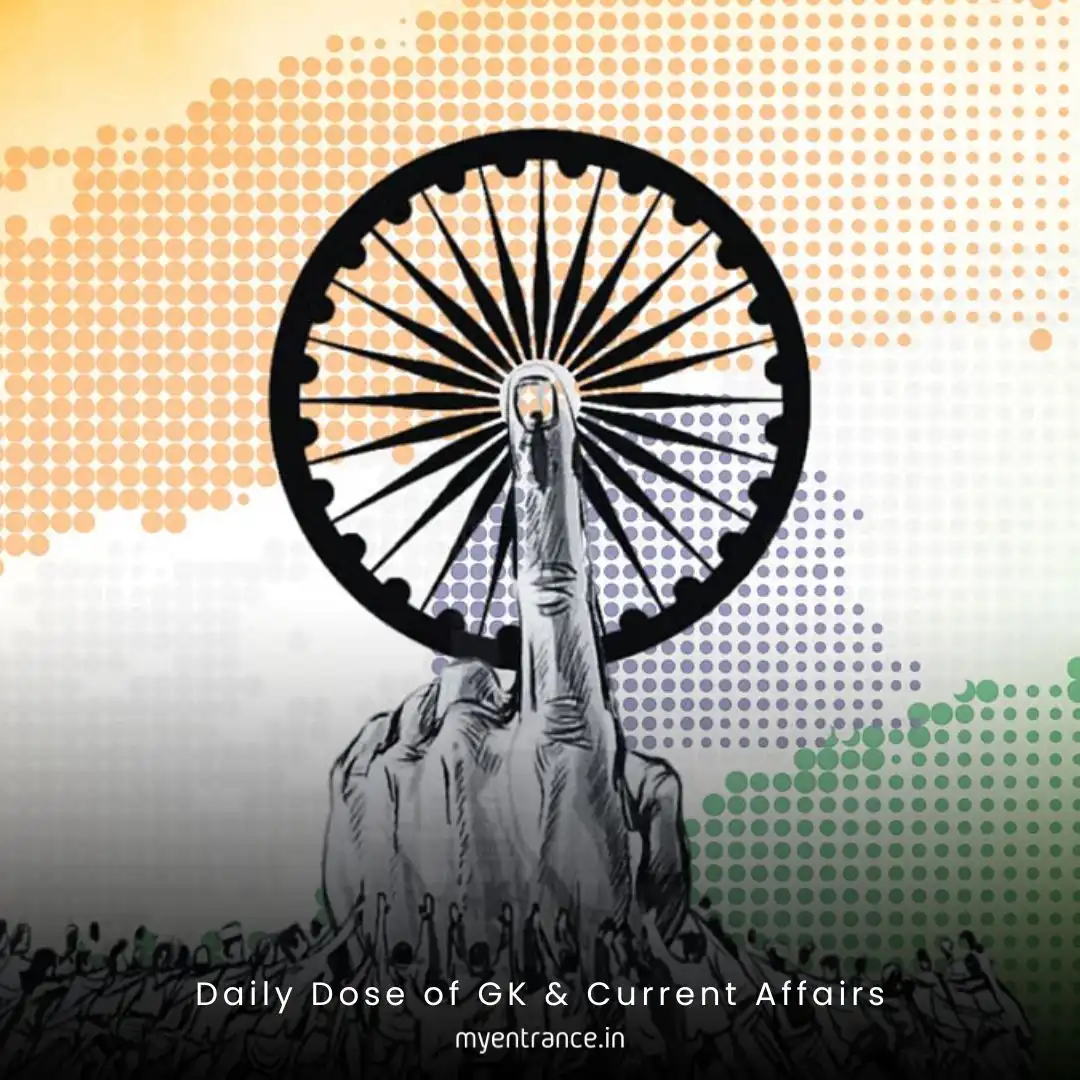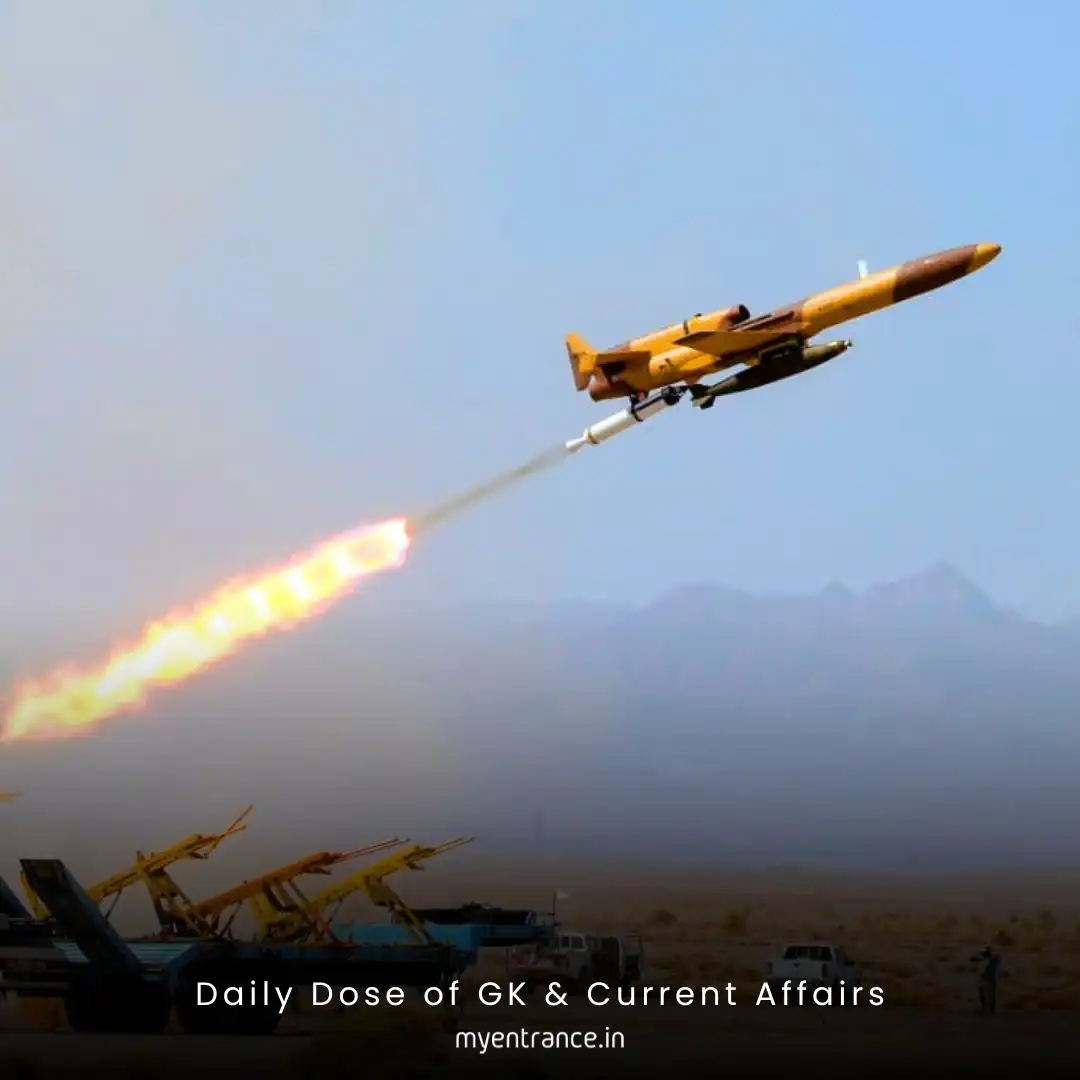Translate Language
The Rare Earth Conflict between India and China: Challenges Ahead
Rare earth minerals are crucial for modern technology—powering everything from electric vehicles (EVs) and smartphones to missile systems. China dominates the global supply, controlling 70% of production and 90% of processing. Recently, it tightened exports, disrupting India’s EV and defence sectors. But with the world’s third-largest reserves, can India capitalize on this crisis?
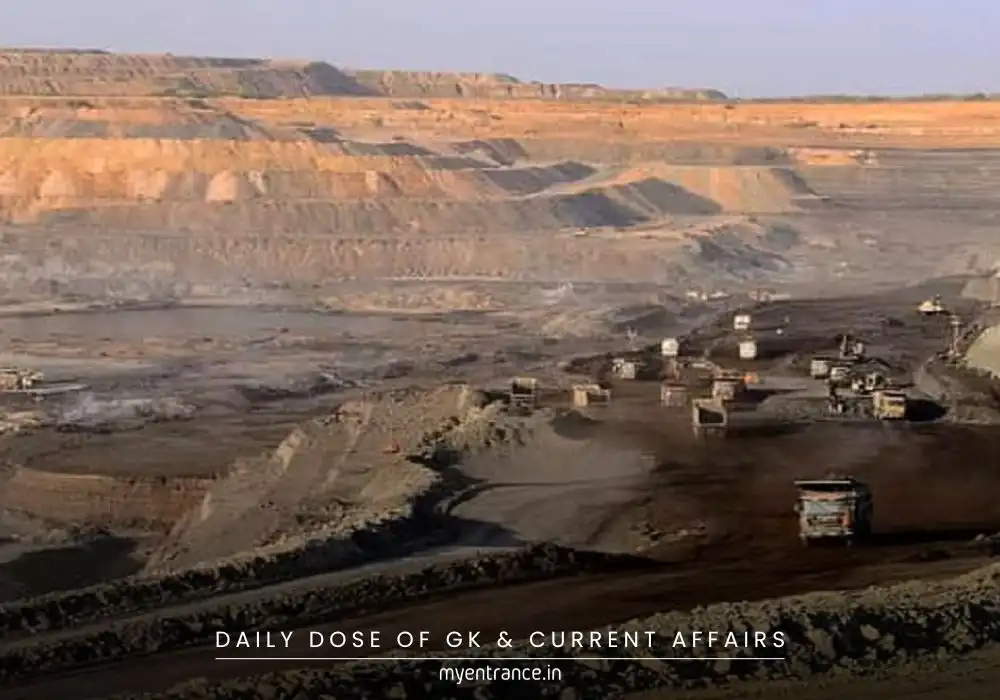
China vs. India: The Rare Earth Conflict
Why is China Restricting Rare Earth Exports?
In April 2024, China mandated export licenses and end-use declarations for seven rare earth elements, slowing shipments and increasing costs.
This move is seen as retaliation against US tariffs, but India is caught in the crossfire, facing supply delays in critical sectors.
How Does This Affect India?
EV Industry at Risk: Indian carmakers like Maruti Suzuki and JSW MG Motor face raw material shortages, threatening production timelines.
Defence Vulnerabilities: Rare earths are essential for missile systems (like Akash and Astra), making India’s defence sector reliant on China.
Clean Energy Goals at Stake: Neodymium magnets (used in EV motors) are in short supply, jeopardizing India’s green energy transition.
China’s Geopolitical Play
China has a history of weaponizing rare earths—like the 2010 ban on exports to Japan during a territorial dispute.
It’s securing new deposits in Myanmar while expanding processing plants, tightening its global monopoly.
India’s Rare Earth Opportunity
Does India Have Enough Rare Earth Reserves?
Yes! India holds the third-largest reserves (6.9 million tonnes), mainly in coastal sands (Andhra Pradesh, Odisha, Tamil Nadu, Kerala, West Bengal).
However, production is minimal—contributing less than 1% of global output due to extraction challenges.
What is India Doing to Reduce Dependence?
✅ National Critical Minerals Mission (2023): Aims to boost domestic mining and processing.
✅ Rs 1,345-crore Scheme: Incentivizes rare earth magnet production (Mahindra, Sona BLW showing interest).
✅ Global Partnerships: Collaborating with Australia (rich in rare earths) and exploring resources in Oman & Vietnam.
Challenges Ahead
Technological Gaps: India lacks refining expertise and advanced extraction tech.
Regulatory Hurdles: The Atomic Energy Act restricts private mining due to thorium content in monazite.
Environmental Concerns: Rare earth mining is pollution-intensive, deterring rapid expansion.
Sample Questions & Answers for Competitive Exams
Q1: Why are rare earth minerals crucial for India’s defence sector?
Ans: They are used in missile guidance systems (Akash, Astra) and advanced military tech, making supply chain security vital.
Q2: Which country controls 90% of rare earth processing globally?
Ans: China.
Q3: What is India’s rank in global rare earth reserves?
Ans: Third-largest (6.9 million tonnes).
Q4: Name one Indian state with significant rare earth deposits.
Ans: Odisha/Andhra Pradesh/Tamil Nadu/Kerala/West Bengal.
Q5: What is the National Critical Minerals Mission?
Ans: A 2023 initiative to boost domestic mining and processing of critical minerals, including rare earths.
Why is This Important for Exams?
UPSC/SSC/PSC: Covers geopolitics, resource security, and India’s strategic policies.
Defence & Science Exams: Rare earths are vital for DRDO projects, space tech, and EV manufacturing.
Current Affairs: China’s export curbs and India’s response are highly relevant for essay and interview rounds.
Get 3 Months Free Access for SSC, PSC, NIFT & NID
Boost your exam prep!
Use offer code WELCOME28 to get 3 months free subscription. Start preparing today!
